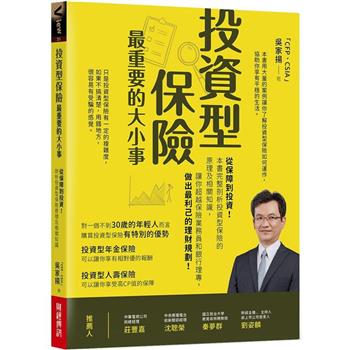In this preface, we emphasize the pivotal role of the Indian steel industry in driving India’s economic growth. We highlight steel as an essential product for the development of any modern economy, often considered the backbone of human civilization. The per capita steel consumption serves as a crucial indicator of a country’s socioeconomic development and living standards.
India, a key player on the global steel map, has continually advanced its steel sector. It has established state-of-the-art steel mills, continuously modernized older plants, enhanced energy efficiency, and integrated with global raw material sources. Strong linkages between large, technologically complex industries and steel products exist, contributing to both material flow and income generation.
The survival of robust steel industries characterizes major industrial economies in India, significantly shaping their early progress. The liberalization of the industrial sector marked a turning point for the Indian steel industry, which swiftly adopted the latest technologies, including the installation of new Greenfield plants. This led to increased output and higher positioning within the value chain, resulting in a rise in exports and greater integration with the global economy. However, this expansion also led to regional diffusion, affecting domestic supply, particularly in the western region.
Considering India’s status as a developing nation, the steel industry’s significance cannot be overstated. The demand for steel is extensive, from constructing bridges and railways to manufacturing rolling stock, ships, vessels, and various machinery. Critical sectors like railway locomotive production, shipbuilding, and light machine construction depend on a stable steel supply. Consequently, steel consumption remains a key indicator of our country’s economic development. In traditional sectors, steel holds a monopoly, while specialized steels find applications in engineering industries such as power generation, petrochemicals, and fertilizers due to increased production.












